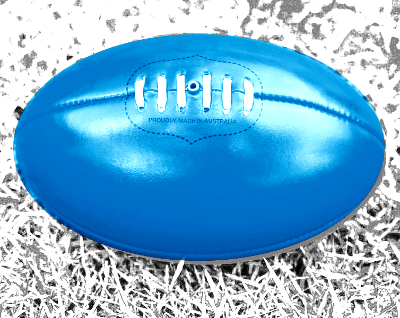Kids' sport falling short
 Despite spending over $10 billion a year on sport and fitness activities, keeping kids engaged after 11 years old is proving a challenge.
Despite spending over $10 billion a year on sport and fitness activities, keeping kids engaged after 11 years old is proving a challenge.
A landmark study into sports participation has found a sharp drop off in kids’ participation in sport after the age of 11 or 12.
The report by the Australian Sports Commission found Australians spend more than $10.7 billion a year on physical activities, including club fees and gym memberships, but that participation in organised sports for children peaked in the 9 to 11-year-old age group.
“Once kids hit those teenage years they drop off ... they're really in the middle of education, they have a lot of social things happening in their life, they're discovering boys and girls for the first time,” the Australian Sports Commission's Paul Fairweather told reporters. .
“I think what that means is that sport has to be more flexible and maybe offer shorter versions of the games; a lot of sports are doing that.
“They have to be more flexible in how they allow people to participate and how they allow them to become members.
“Sports need to evolve their games and the way they perform if they are to remain strong and we get more Australians being active.”
The study is the first of its kind since the Bureau of Statistics stopped collecting sport and recreation data in 2014.
Its data comes from surveys of more than 20,000 adults and 4,000 children.
Mr Fairweather said the study found some interesting differences in the reasons men and women have for playing sports.
“Women are more likely to be focused on the physical, mental health benefits and maybe to lose weight, maintain their weight, and men, it is more about ... fun and enjoyment and the social reasons,” he said.
“These are different things and sports need to think about that when they are marketing their product or developing or evolving their products.”
About 80 per cent of survey respondents said the physical benefits of sport were their main motivators, while 45 per cent also cited fun or enjoyment.
“If you go back in the old days, competition was probably the key driver of the sports,” Mr Fairweather said.
“Now it is all about health and fitness, whether you are playing sport or physical activity.”







 Print
Print